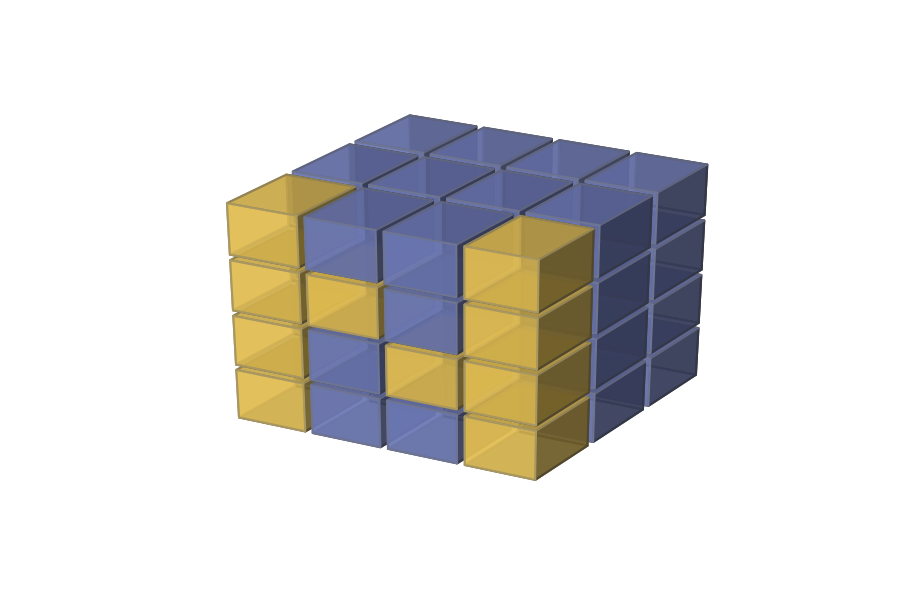はじめに
NumPyのlinspace()関数は、数値計算やデータ分析において頻繁に使用される重要な関数です。この関数を使うと、指定した開始値から終了値までの範囲を均等に分割した配列を簡単に生成することができます。この記事では、np.linspace()の基本的な使い方から応用例まで、実例を交えて詳しく解説します。
numpy.linspace(start, stop, num=50, endpoint=True, retstep=False, dtype=None, axis=0)引数には、startとstopに加えて、num、endpoint、retstep、dtype、axisがあります。ここではそれらの詳細を説明します。
num(要素数)
start=0、stop=10、num=11となります。
numの値を大きくすることで、生成される配列の間隔をより細かく設定できます。
defaultではnum=50となります。
endpoint
endpointパラメータでは、stopの値を配列に含めるかどうかを設定できます。デフォルトはTrueで、stopの値が配列に含まれます。endpoint=Falseに設定すると、stopの値は配列に含まれなくなります。この場合、各要素間の間隔は(stop-start)/numとなります。
retstep
retstep=Trueを指定すると、等差数列とその間隔(差)を同時に取得できます。返り値の2番目の要素(data_7[1]など)にアクセスすることで、その間隔を取得できます。
dtype
dtype=intを指定することでint型の配列が生成されます。指定しない場合は、デフォルトでfloat型の配列となります。
axis
axis引数で配列を伸ばす方向を指定でき、デフォルト値はaxis=0です。axis=-1を指定すると、生成される配列の形状を変更することができます。
まとめ
np.linspace()は、指定した範囲を均等に分割した配列を生成するNumPyの便利な関数です。開始値と終了値、分割数を指定するだけで、等間隔の数値配列を簡単に作成できます。オプションパラメータを活用することで、終了値を含めない配列の生成や、間隔の値を取得することも可能です。この関数は、グラフ描画やシミュレーション、補間など様々な場面で活躍します。NumPyを使った数値計算の基本ツールとして、ぜひマスターしておきましょう。


コメント